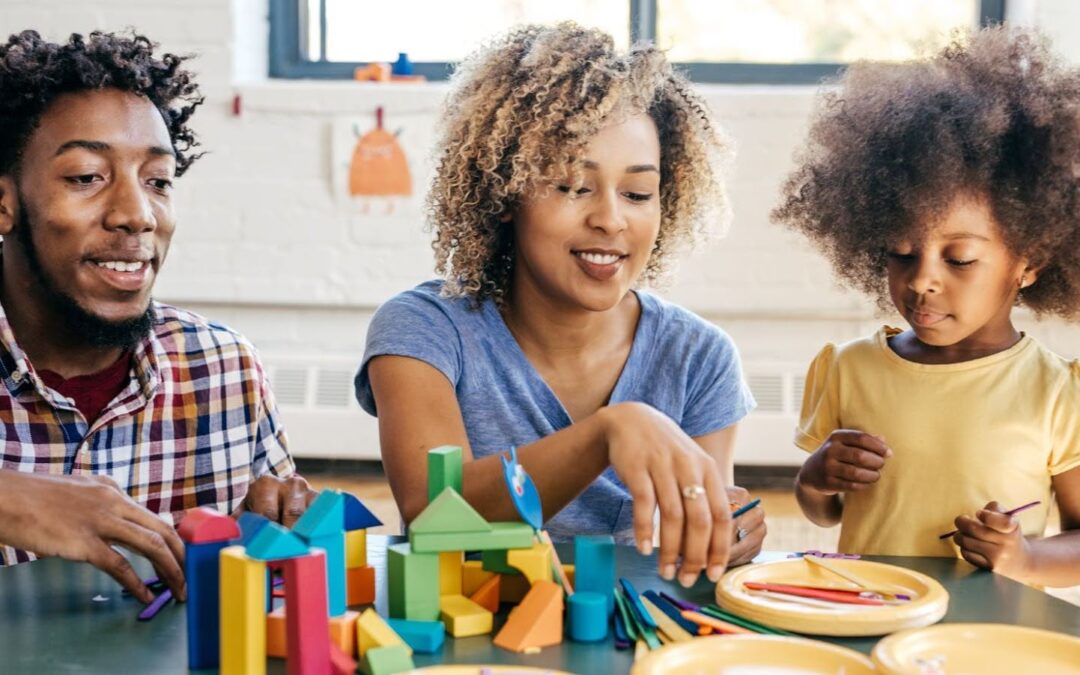Cooking is more than just preparing meals; it’s an opportunity to engage with your family in a fun and educational way. Discovering the joys of cooking together can foster creativity, teach valuable life skills, and create lasting memories. Whether you’re baking cookies, experimenting with new recipes, or making a traditional family dish, cooking activities can turn into enjoyable learning experiences for everyone involved.
Benefits of Cooking as a Family
1. Building Bonding Moments
Cooking together provides quality time for family members to connect, share stories, and work towards a common goal. It strengthens relationships and creates a sense of togetherness that is invaluable in today’s fast-paced world.
2. Teaching Life Skills
From measuring ingredients to following recipes, cooking teaches essential life skills such as math (measuring and fractions), reading comprehension (recipe following), and problem-solving (adjusting flavors). These skills are crucial for children’s development and can boost their confidence in various practical tasks.
3. Exploring Creativity
Cooking encourages creativity as family members brainstorm ideas for recipes, experiment with flavors, and personalize dishes. It’s a chance for children to express themselves and learn that there’s no limit to culinary imagination.
4. Promoting Healthy Eating Habits
Involving children in cooking helps them develop a positive attitude towards food and nutrition. They learn about different ingredients, their nutritional benefits, and gain a deeper appreciation for fresh, wholesome meals.
How to Make Cooking Fun and Educational
1. Choose Age-Appropriate Tasks
Assign tasks based on age and skill level. Younger children can wash vegetables, stir ingredients, or set the table, while older kids can handle more complex tasks like chopping vegetables under supervision, following recipes, or using kitchen appliances.
2. Turn Recipes into Learning Opportunities
Select recipes that align with educational goals. For example, baking bread can teach chemistry (yeast activation), while making a salad can introduce kids to different vegetables and their nutritional values.

Consider purchasing a specialized kids cooking set that can enhance these learning experiences with interactive tools and educational materials.
3. Create a Theme Night
Designate a specific night each week for cooking together around a theme (e.g., Italian night, Mexican fiesta). Plan the menu together, explore cultural aspects of the cuisine, and enjoy a themed dinner as a family.
4. Incorporate Games and Challenges
Make cooking more exciting by turning tasks into games or challenges. For instance, have a timed cooking challenge where family members race to prepare a dish or play “mystery ingredient,” where each person adds a surprise ingredient to the recipe.
5. Document Your Culinary Adventures
Encourage children to keep a cooking journal or create a digital photo album of their favorite recipes and cooking moments.

This fosters creativity, improves writing skills, and allows them to track their culinary progress over time.
Conclusion
Cooking together as a family transforms meal preparation into a dynamic, educational, and enjoyable experience. It promotes bonding, teaches essential life skills, nurtures creativity, and encourages healthy eating habits. By making cooking a regular family activity, you not only create cherished memories but also equip your children with valuable skills that will serve them well throughout their lives. Embrace the joy of cooking together and watch as your family grows closer while exploring the wonderful world of food.
My name is Andrea Thompson and I’m a home based freelance writer. I’m 23 years old, married to my best friend, and mother to a wonderfully independent and opinionated 3 year old girl and step-mother to a sweet seven year old boy. I live in a tiny, little town in Kentucky, where I spend my free time fishing with my kids.
Writing has always been my passion, which I followed through high school, and for a while in college. Life happened, and once I discovered we were pregnant, I switched directions; opting for the healthcare industry because of the stability.
Finally, years later, I was in a place where I could leave the day job that never truly made me happy, and pursue my dreams. I’ve built, and am still building, my writing career from scratch. But, I’m passionate and I’m good at what I do. And, in the end, I can prove to my daughter that she can do anything she wants with this life.





